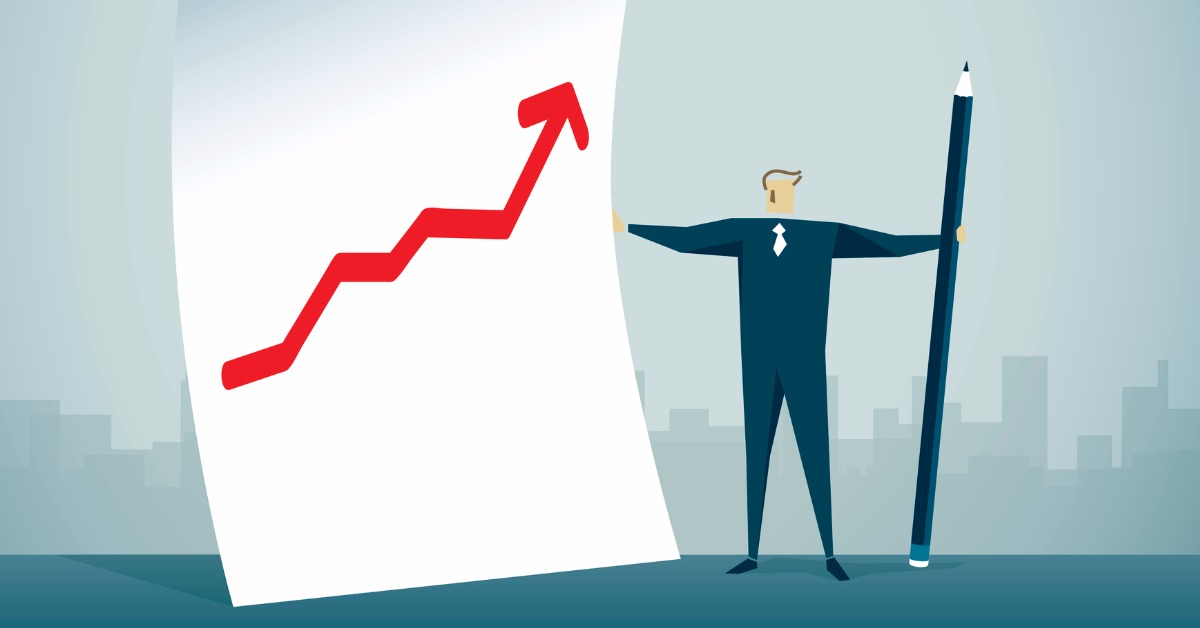How did Adwords change bidding at the end of 2023? (performance analysis)
What is AdWords? Google AdWords, now known as Google Ads, is an online advertising platform by Google. It allows businesses…

The most important milestone was adopting the anti-ad-spoofing standards and cutting down on fraud in the programmatic advertising industry. Another was the General Data Protection Regulation (GDPR). Developed by the European Parliament, it protects the personally identifiable information (PII) of European Union citizens and will go into effect in May 2018.
GDPR immediately became the key topic of the digital ad industry, as the potential fines for failing to comply with the policy can reach even up to 4 percent of a company’s total global revenue. It is definitely one of the game-changing events of 2017.
When working in a dynamic business environment like digital advertising, the only way to succeed is by building a strategy driven by data, technology, and advanced measurement. In 2017, there were an estimated 582 million Internet users in the EU, 2.7% more than in 2016. Strengthening the position of digital advertising is strictly connected to this growth.
59% of the global digital advertising market already works in the programmatic model, and it’s set to increase up to 66% by 2019. Along with development and reinforcement of programmatic advertising, ads’ standardization and data management procedures were initiated.
The efficiency of ongoing standardization and structuring of the digital ad industry is something that deserves praise, especially when there’s so many rapid changes.
Growing transparency in buying online inventories contributed not only to standardizing terms of programmatic transactions. It also made publishers pay more attention to the importance of subscription plans.
Top publishers, such as “The Washington Post”, “The New York Times”, and “Gazeta Wyborcza” record a systematic increase in the number of paid content subscribers. It proves that users are becoming more aware and willing to pay for quality content.
One of the most challenging and crucial moments for the digital industry was the announcement of the General Data Protection Regulation. Going into effect this spring, strict e-privacy policy imposes multiple restrictions on the ad market and its mechanisms.
Unfortunately, not taking the industry’s complex nature into account.
Read more: YOUR GUIDE TO GDPR
Person of the year has many names: the user; the netizen; the surfer. Users are – and always will be – the most genuine part of the digital sector. They are the driving force of the online advertisement market. Global economic growth is shaped by their individual behaviours.
“The New York Times” was the strong market leader. Thanks to its paid content promotional campaign, the publisher recorded an unprecedented increase in subscriptions. It increased their earnings from this single source by 40%, up to 76 million dollars.
“The New York Times” can now be proud of their 2.5 million online subscribers.
Ads.txt, which stands for Authorized Digital Sellers, is a text file implemented in a publisher’s web server to inform the buy side about who is selling inventory programmatically. Developed by IAB Tech Lab, it aimed to increase the transparency of the ad inventory selling process. Ads.txt solves one key issue – it reduces domain spoofing and reselling in the open marketplace.
The mechanism is simple. Publishers upload a file to their websites. This file contains a list of all the platforms authorized to sell the inventory. This refers to all SSPs used and the specific accounts (seats) run by both the publisher and resellers respectively.
DSP creates databases matching both buy side and sell side, and if an ad request is offered by a non-authorised seller, it is rejected.
Read more: THE TRUE COLORS OF ADS.TXT
Within the last year, header bidding technology became commonplace. It is currently used by a majority of the top global websites. Its growing importance is caused by its ability to increase publishers’ CPM metrics by 20-30%. Header bidding and its increasing popularity also means that Google’s monopolistic position in the global digital advertising ecosystem is getting weaker.
2018 will be the year of programmatic advertising. According to Zenith, by 2019 more than 67% of digital media worldwide will be bought and sold in the programmatic model. Compare that to just 59% in 2017. The estimated average growth of the programmatic ad is 21% on a yearly basis.
The scale of this trend is well illustrated by current predictions, according to which 81% of digital advertising expenses on the US market in 2018 will be spent on programmatic.
Why was it the programmatic model that took the ad industry by storm? There are a couple of reasons. First and foremost: it is an automated way of buying, selling, and fulfilling advertising campaigns to increase both the efficiency and profitability of ad buying. It allows advertisers to speed up and replace the traditional, expensive, and unreliable process of buying a set number of impressions based on a given order.
With programmatic buying, the technology purchases ads in real time. For publishers, it opens up a multitude of new possibilities to monetize inventory typically considered “hard to sell”.
Read more: 2018 GLOBAL PROGRAMMATIC TRENDS

Karol Jurga
Chief Revenue Officer
See it in action.